Everything you need to know about Cisco
A brief guide to Cisco, a pivotal force in the development of networking technology

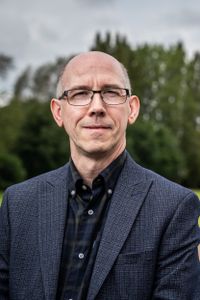
Rene Millman
Cisco has earned a reputation as a leader in networking hardware and telecommunications, providing essential infrastructure for the internet and enterprise connectivity. Over the years, the company has played a pivotal role in shaping the modern internet, supporting everything from small-scale networks to global systems. Its technology ensures secure and reliable communication across industries, with platforms like WebEx for video conferencing and Cisco Jabber for messaging and collaboration becoming indispensable tools for businesses and individuals worldwide.
In addition to its contributions to traditional networking, Cisco has become a driving force in the rapidly growing Internet of Things (IoT) landscape. Its IoT solutions encompass connected devices, data processing, and analytics that enable organizations to collect and utilize real-time data effectively. The foundation for much of this connectivity was laid by Cisco’s founders, Sandy Lerner and Leonard Bosack, who revolutionized internal business communication with their development of Local Area Networks (LANs).
Today, Cisco remains at the forefront of network technology, enabling seamless communication, secure data exchange, and efficient operations for businesses ranging from small enterprises to major global organizations.
Cisco's company history
The company was established in December 1984 by two Stanford University computer scientists, Sandy Lerner and Leonard Bosack. The founders, who were married at the time, sought an electronic communication method due to their work in different parts of the campus.
Cisco at a glance
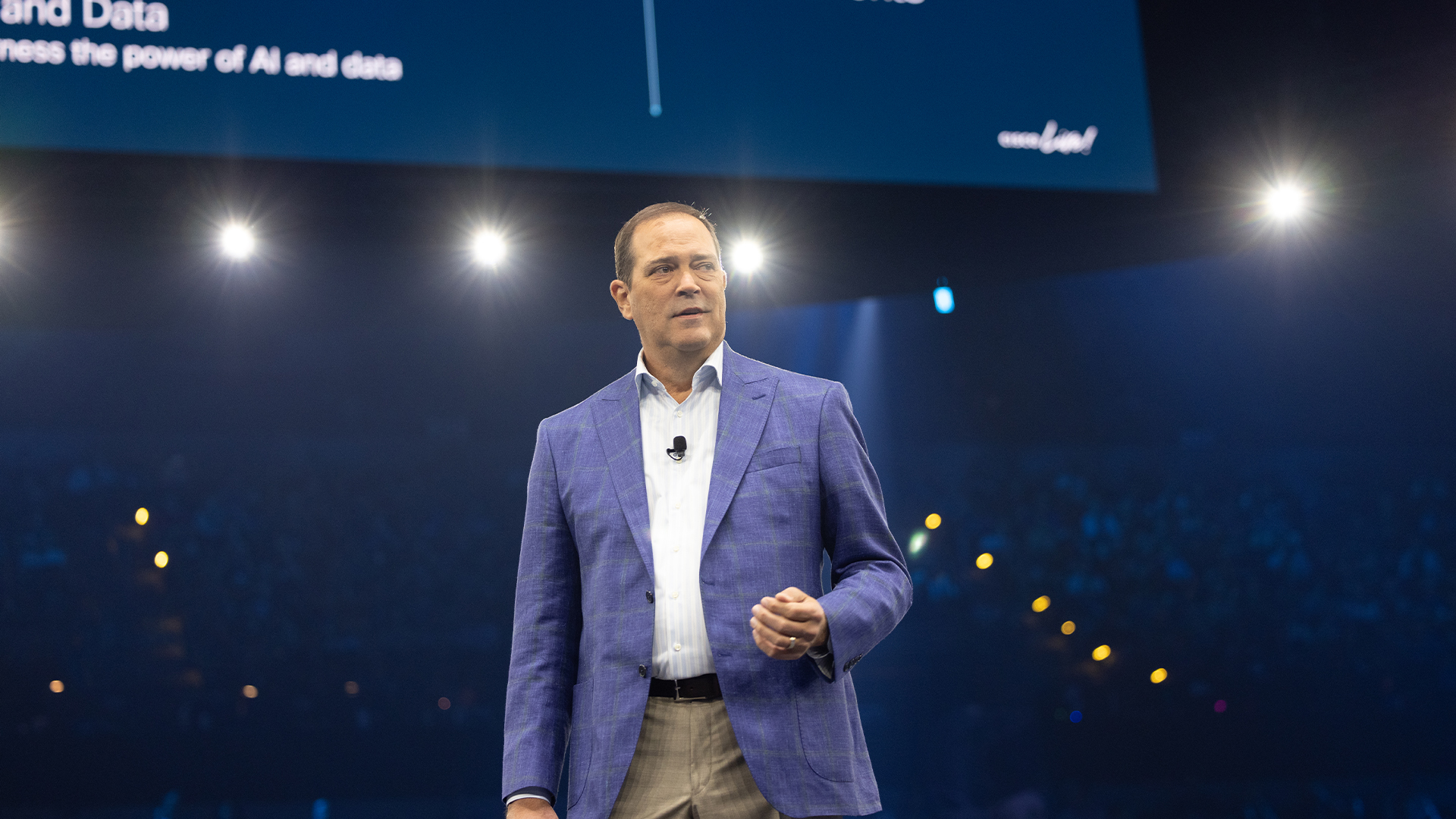
Founded: 1984
Current CEO: Chuck Robbins (pictured)
HQ: San Jose, California
Annual revenue: $53.8 billion (2024)
Both Bosack and Lerner were connected to Stanford’s computing facilities. Bosack realised that router technology could link their offices, paving the way for Local Area Networks (LANs). They spotted the market potential and co‑founded Cisco - named after their San Francisco roots.
Cisco enters the market
In 1985, Cisco sold its first multiprotocol router to Digital Equipment, marking a significant milestone as a networking technology company. This initial success laid the groundwork for the company’s expansion and innovation in connecting disparate systems. With venture capital backing, Cisco went public in 1990, raising its profile and financial resources to expand its market presence. A pivotal moment came in 1988 when John Morgridge was promoted to CEO, bringing a strategic vision that propelled the company towards sustained growth.
During the 1990s, Cisco began to dominate the networking landscape, capitalising on the rise of the internet and the increasing demand for robust enterprise networking solutions. It embraced Internet Protocol (IP) technology and strategically acquired companies like Crescendo and Kalpana to enhance its product offerings. These acquisitions led to the development of the Catalyst switch portfolio, which became a cornerstone for modern enterprise networks. Cisco also expanded into Wide Area Network (WAN) technologies by acquiring StrataCom, further solidifying its leadership in the networking industry.
Sign up today and you will receive a free copy of our Future Focus 2025 report - the leading guidance on AI, cybersecurity and other IT challenges as per 700+ senior executives
Under the leadership of John Chambers, who became CEO in 1995, Cisco's reputation for innovation and market dominance continued to grow. The Cisco 7000 and 2500 routers became essential tools for enterprise networking, helping businesses manage their growing IT infrastructure needs. Chambers’ tenure was marked by a relentless focus on scaling the business, spearheading Cisco’s transformation into a global technology powerhouse. By leveraging its expertise in routing and switching, the company positioned itself as a key player in the digital transformation of businesses worldwide.
As the 1990s drew to a close, Cisco’s forward-thinking approach and strategic acquisitions had firmly established it as a leader in the technology sector. The company's ability to adapt to evolving market needs and its pioneering products ensured its continued success. By the turn of the millennium, Cisco was not just a networking hardware provider but a comprehensive solutions provider, shaping the future of connectivity and enterprise technology. This foundation would set the stage for the company’s later ventures into consumer networking, cybersecurity, and artificial intelligence.
Cisco Systems becomes Cisco
In the 2000s, Cisco dropped “Systems” from its name and expanded into consumer networking with the Linksys brand. The transition from Crescendo-based platforms to the ASR 9000 series and IOS‑XR showcased a shift towards Ethernet-based, scalable infrastructure.
In 2012, the Linksys line was sold to Belkin, signalling a retreat from consumer to enterprise focus - accompanied by notable restructuring efforts. By 2014, Cisco had pivoted to IoT and media, acquiring NDS for set-top box capabilities. Soon after, it divested from consumer lines again to reinforce enterprise networking and introduce cloud‑based services like Umbrella for secure connectivity. Chuck Robbins assumed the CEO role in 2015.
Since 2018, Cisco has invested heavily in AI and ML - integrating analytics into SecureX, ThousandEyes, and other platforms. Key acquisitions like Accompany and CloudCherry expanded its data-driven intelligence. In 2019, the Silicon One ASIC was unveiled, offering up to 25.6 Tbps, positioning Cisco as a hardware competitor to Intel and Nvidia.
In September, 2023, Cisco announced its acquisition of Splunk for US $28 billion (US $157/share). This was Cisco’s largest deal ever - surpassing the Scientific Atlanta acquisition - aimed at building a robust AI-powered security and observability platform. By March, 2024, the deal closed months ahead of schedule with unconditional EU antitrust approval. Splunk’s former CEO, Gary Steele, joined Cisco, and the integration promises advanced threat prediction, prevention, and AI-enabled network security.
Throughout 2024 and into 2025, Cisco continued strengthening its AI/security stack-announcing acquisitions such as Isovalent (multi cloud networking) and Robust Intelligence (AI safety), and rolling out expanded capabilities across Secure Access Service Edge (SASE) and Zero Trust architectures. Cisco’s R&D focus remains on merging Splunk’s data analytics with networking hardware, maximizing predictive threat detection, automated policy enforcement, and unified observability - from network devices to cloud workloads - and powering AI-native security operations.
What does Cisco sell?
In the realm of core networking hardware and software, Cisco provides routers and switches designed for various environments, including campus, branch, and data centres. Notable products include Catalyst and Nexus switches, Integrated Services Routers (ISR), Aggregation Services Routers (ASR), and high-capacity platforms such as the NCS and Carrier Routing System. The company also offers wired and wireless infrastructure solutions featuring enterprise-grade ethernet switches, Wi-Fi 6/6E access points, and cloud-managed wireless systems, particularly through Meraki’s technology.
For data centres and cloud environments, Cisco delivers the Unified Computing System (UCS), which integrates servers, virtualization, networking fabric, and centralized management. This includes both blade (B-series) and rack-mount (C-series) servers. In addition, Cisco focuses on hyper-converged and hyper-scale infrastructure through products like HyperFlex systems, UCS X-Series, and Optics/transceivers, alongside its in-house Silicon One ASICs for high-speed switching.
In terms of security and observability, Cisco offers a suite of cybersecurity platforms, including SecureX, Umbrella, Duo, Firewalls, Hypershield, and XDR. These solutions provide comprehensive protection, threat intelligence, and secure access. Observability and analytics are enhanced through ThousandEyes, which improves network and cloud visibility, as well as AppDynamics and Secure Network Analytics for performance monitoring and security insights.
Cisco also excels in collaboration and communication technologies. The Webex Suite supports unified voice, video, and messaging workflows with features such as Webex Meetings, Messaging, Calling, and Contact Center, all optimized for cloud environments. On-premises solutions include Unified Communications Manager, Jabber, IP Phones, and TelePresence systems, delivering advanced telephony and unified communications capabilities.
For the Internet of Things (IoT), Cisco provides industrial-grade routers, switches, gateways, and security appliances to support smart operations and management across distributed, edge-based deployments.
Finally, Cisco has made significant advancements in cloud-based management and artificial intelligence. Cisco Intersight is a unified, cloud-based IT operations platform that employs AI and machine learning to automate lifecycle management, analytics, and workload optimization for data centres, edge environments, and UCS infrastructures. Additionally, Cisco’s AI-first innovations, such as AgenticOps and AI Pods, deliver AI-native infrastructure with programmable ASICs, AI servers often running Nvidia GPUs, and integrated orchestration for modern workloads.
Cisco's mergers and acquisitions
Cisco has maintained a strategic approach to acquisitions since the company's founding.
To expand and extend its core network protocol technologies, Cisco acquired several companies in the 1990s, most notably Crescendo Communications and Kalpana, which enabled the company to move into the network switching sector.
As new technologies emerged, such as TV set-top boxes, IoT, internet protocol-based communications, digital security, and more recently, AI, Cisco made several acquisitions in these sectors. Notable acquisitions include WebEx, Intucell, Cognitive Security, SolveDirect, Sourcefire, and ThousandEyes, which was key to strengthening its position in cyber security.
Cisco continued to acquire businesses to expand or bolster its core network connectivity products and services. Some key acquisitions include Embrane, ParStream, and CloudLock.
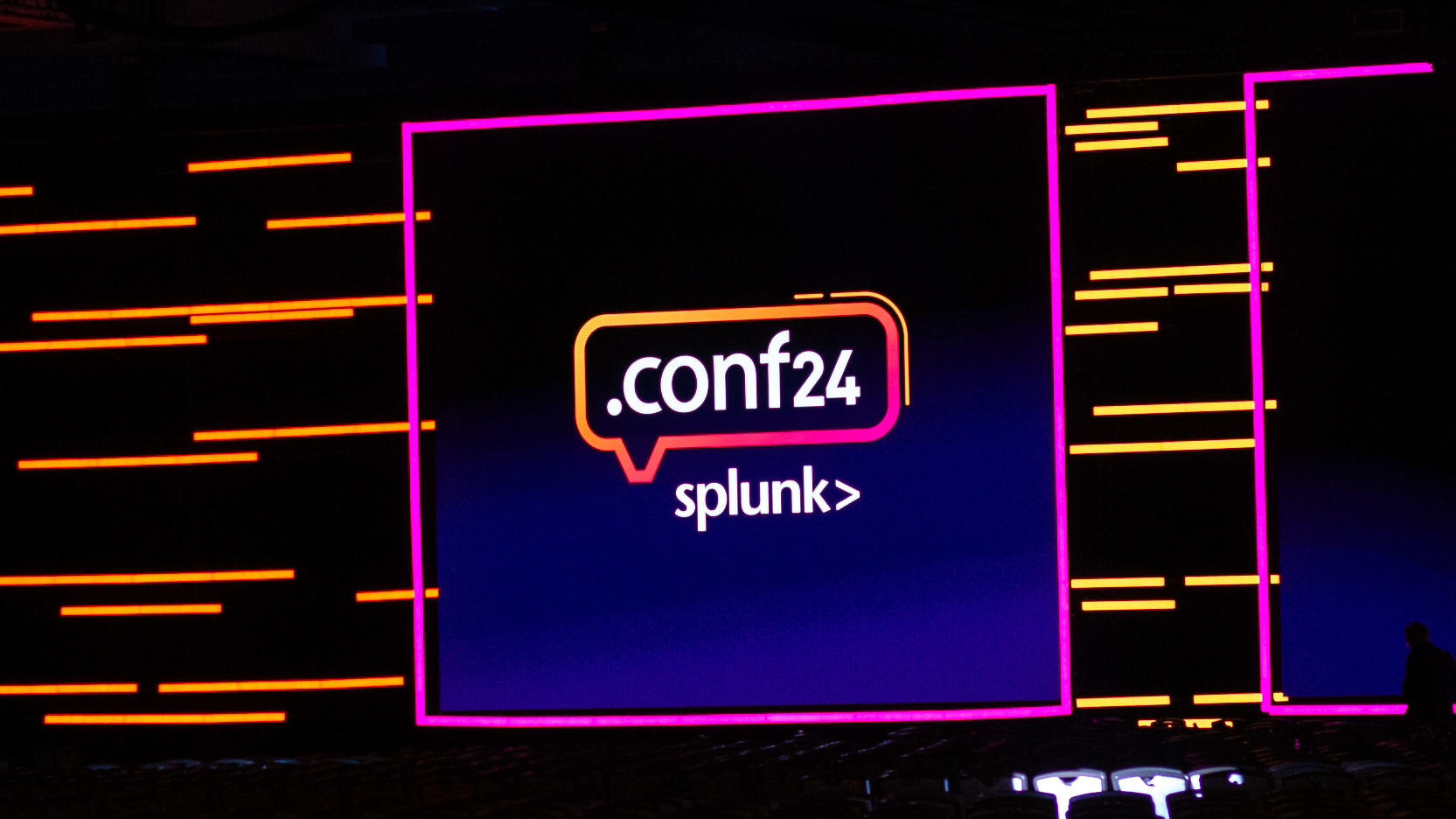
In recent years, Cisco's acquisition strategy has been especially aggressive. In 2017 the company acquired AppDynamics, a leading application performance management provider, and Broadsoft, a cloud communication software and services provider.
In 2024, Cisco continued its strategic expansion through significant mergers and acquisitions, largely in a bid to further cyber security and cloud-native networking capabilities.
In March 2024, Cisco completed its largest acquisition to date by purchasing Splunk for $28 billion. This acquisition aims to bolster Cisco's cyber security and data observability offerings, providing customers with comprehensive visibility and insights across their digital infrastructures.
In April 2024, Cisco acquired Isovalent, a leader in open-source cloud-native networking and security. Isovalent's expertise in technologies like eBPF and Cilium is set to enhance Cisco's multicloud networking and security solutions, aligning with its vision for a secure, AI-driven, cloud-delivered security platform.
Following Splunk and Isovalent, Cisco continued to double down on AI and security. In August 2024, it acquired DeepFactor (cloud-native application security) and Robust Intelligence (AI-model security) to enhance its Security Cloud and guard AI workloads. That same month, Cisco snapped up Deeper Insights AI, a UK-based firm specializing in enterprise AI consulting-bringing more in-house expertise to its customer experience and CX AI services. In December, it announced the planned acquisition of SnapAttack, a threat detection and engineering platform aimed at further enhancing Splunk Security Operations Centers. SnapAttack was confirmed in early 2025 as Cisco’s first acquisition of the year, underscoring its laser focus on bolstering its AI-first security capabilities
Key people at Cisco
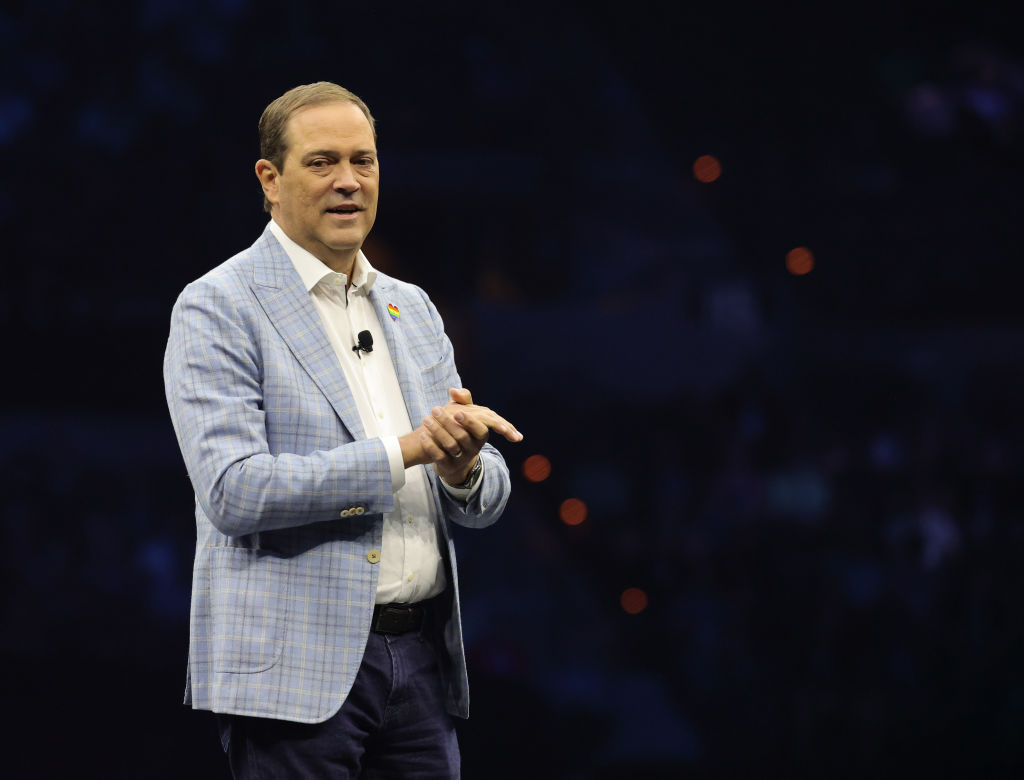
Cisco was founded in 1984 by husband and wife Sandy Lerner and Leonard Bosack, who were computer scientists at Stanford University. The founding management team also included Kirk Lougheed, Greg Satz, and Richard Troiano, who were instrumental in the company's early development.
In 1990, Cisco went public and John Morgridge was appointed CEO. Under his leadership, the company experienced significant growth. In 1995, John Chambers succeeded Morgridge as CEO, steering the company through the internet boom and establishing Cisco as a dominant player in the networking industry.
Today, Chuck Robbins serves as CEO and chairman, a role he assumed in 2015. Robbins has steered Cisco through the digital transformation era, emphasizing growth areas such as cyber security, IoT, cloud computing, and software-as-a-service (SaaS) offerings. His leadership has focused on modernizing Cisco’s business model through increased investments in software and recurring revenue streams, positioning the company to meet the demands of a connected, cloud-driven world.
In recent years, Robbins has doubled down on artificial intelligence and secure networking. Since 2024, he has championed an "Agentic AI" strategy, positioning Cisco to build AI-ready data centres and future-proofed workplaces. At Cisco Live 2025, Robbins described the current AI transition as the most consequential shift since the internet boom, with AI’s growth making reliable, secure networks more essential than ever. He also announced ambitious global initiatives - including partnerships across the US and the Middle East to support secure, scalable AI infrastructure with regional stakeholders
Under Robbins’ guidance, Cisco is on track for more than $1 billion in AI-related orders in fiscal 2025, with customers investing heavily in infrastructure to support emerging agentic AI workloads. He has also steered strategic acquisitions as Splunk, Isovalent, DeepFactor, Robust Intelligence, and SnapAttack to embed advanced AI and security capabilities throughout Cisco’s portfolio. These moves reflect Robbins's strategy to integrate AI into networking, cybersecurity, and observability, reinforcing Cisco’s mission: building intelligent, resilient, and secure infrastructure for the future.
What can customers expect from doing business with Cisco?
When working with Cisco, customers gain access to a comprehensive portfolio of networking, cybersecurity, collaboration, IoT, and cloud infrastructure solutions. The company offers hardware such as Catalyst and Nexus switches, routers, and enterprise-grade wireless access points, alongside software and analytical tools designed for modern IT environments.
Cisco supports its technology through a global partner ecosystem. The Cisco Partner Program and upcoming Cisco 360 initiative (scheduled for February 2026) aim to provide partners with training, certifications, and incentives to build tailored, end-to-end solutions spanning AI, security, and infrastructure. These programs are structured around a lifecycle approach from presales consulting to deployment and post-sales support, enhancing implementation and expertise for end customers.
Customers who purchase Cisco products also receive access to support and lifecycle services. Offerings like technical assistance, software support, and Smart Net Total Care include proactive monitoring, parts replacement, alerts, and updates, helping to resolve issues quickly and align with evolving industry standards. Cisco and its partners also provide Customer Experience (CX) services, which guide implementation from onboarding through optimization, ensuring technology aligns with business objectives.
Cisco integrates environmental responsibility into its operations and products. Initiatives like circular economy programs (e.g. Cisco Refresh & Takeback) and energy-efficient hardware (such as UCS X-Series and Nexus 9800) support customers in reducing their environmental impact. The company collaborates on sustainability-focused projects that assist organizations in meeting ESG objectives, including net-zero goals.
Overall, Cisco aims to serve as a long-term provider of secure, scalable, and adaptable infrastructure. Its offerings, from hardware and software to partner-delivered solutions and lifecycle support are intended to help businesses manage digital transformation, increase operational efficiency, and maintain resilience in changing environments.
David Howell is a freelance writer, journalist, broadcaster and content creator helping enterprises communicate.
Focussing on business and technology, he has a particular interest in how enterprises are using technology to connect with their customers using AI, VR and mobile innovation.
His work over the past 30 years has appeared in the national press and a diverse range of business and technology publications. You can follow David on LinkedIn.
-
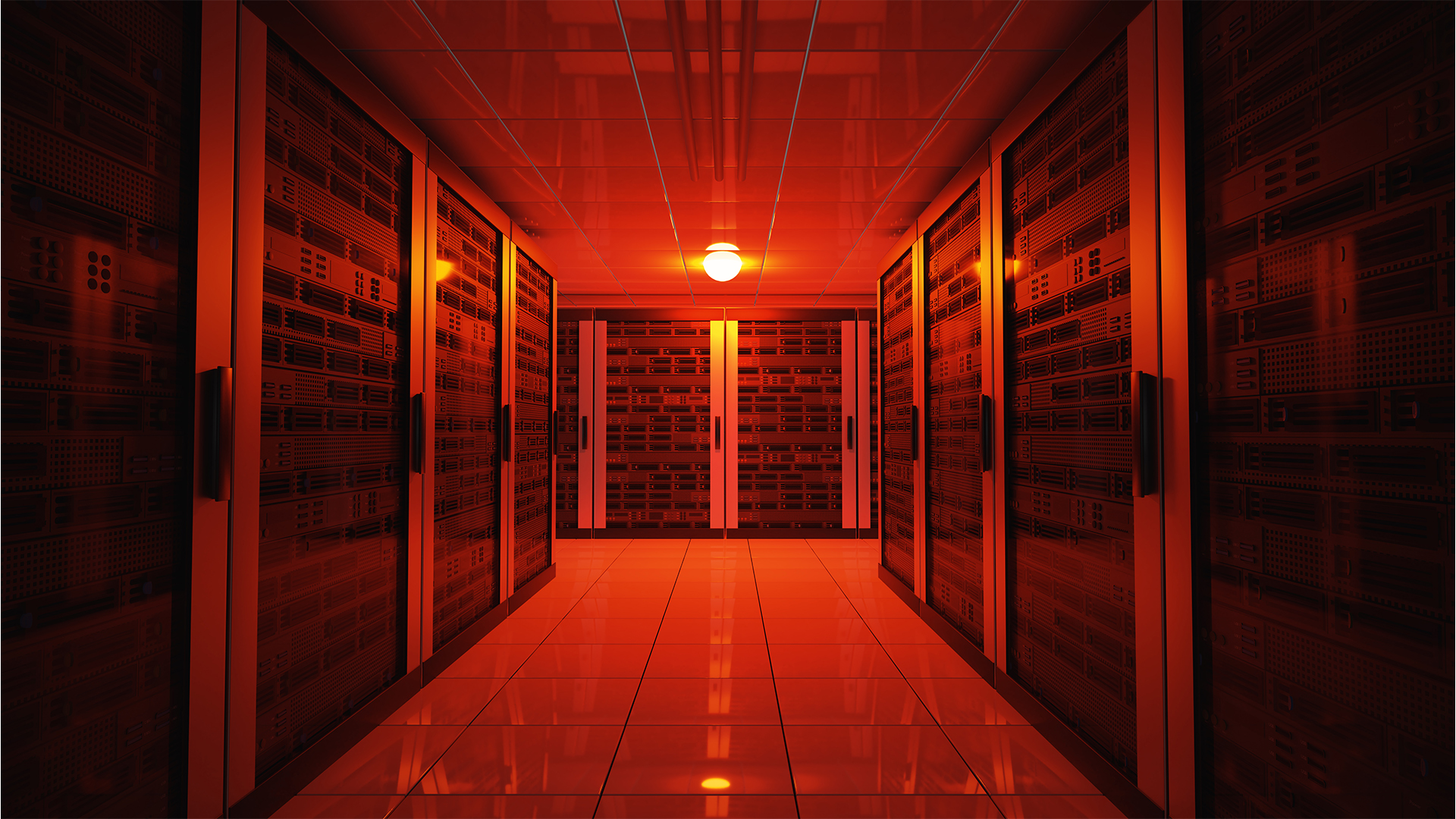 Manufacturers report millions in losses as downtime wreaks havoc on operations
Manufacturers report millions in losses as downtime wreaks havoc on operationsNews UK manufacturers are losing up to £736 million every week due to downtime, according to new research, with outages lasting for several days on end.
-
 Microsoft gives OpenAI restructuring plans the green light
Microsoft gives OpenAI restructuring plans the green lightNews The deal removes fundraising constraints and modifies Microsoft's rights to use OpenAI models and products
-
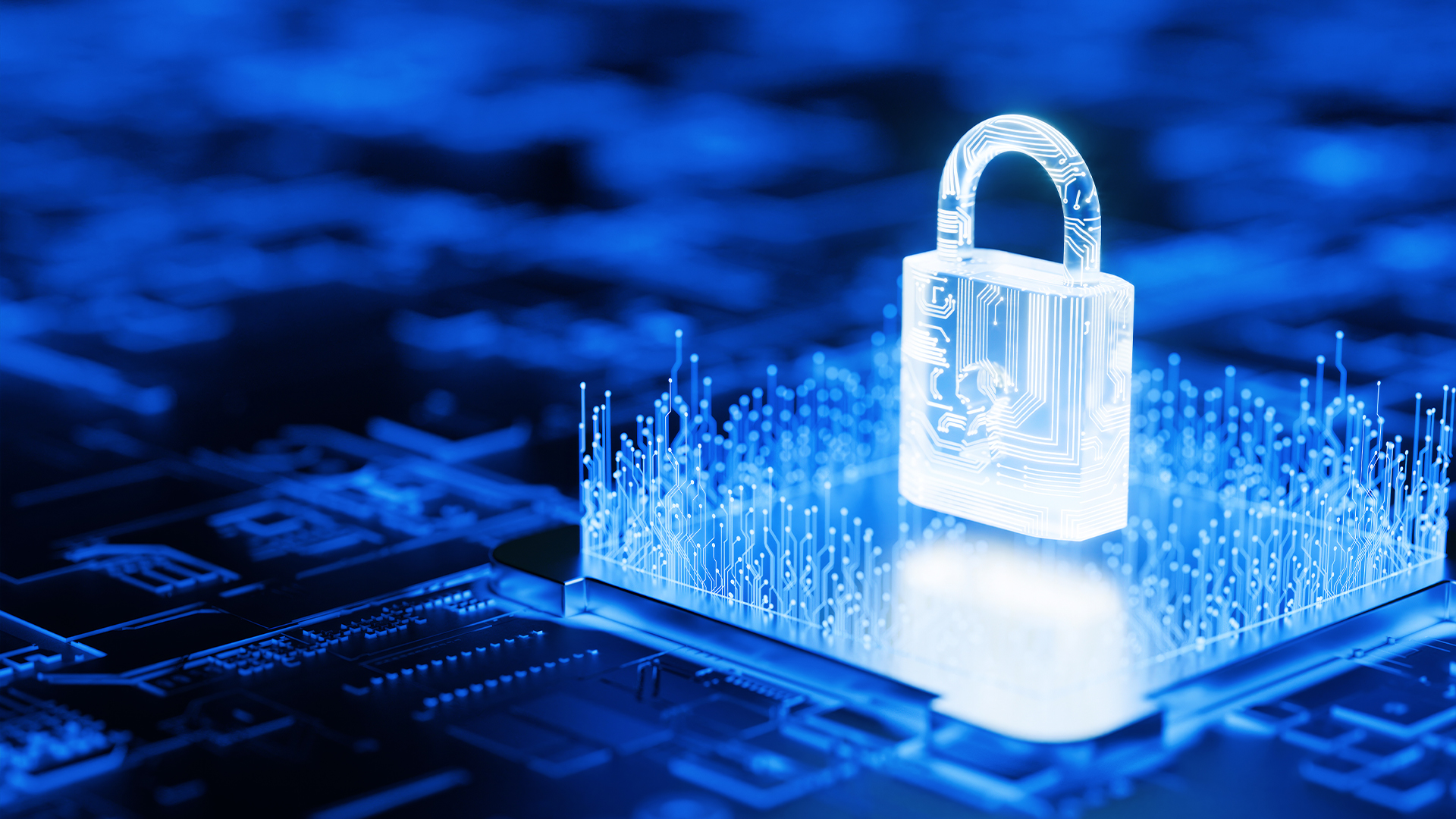 Russian hackers are using an old Cisco flaw to target network devices – here’s how you can stay safe
Russian hackers are using an old Cisco flaw to target network devices – here’s how you can stay safeNews With the aim of carrying out espionage, Russia's Center 16 is targeting infrastructure organizations around the world
-
 Cisco polishes its platform but the network is still king
Cisco polishes its platform but the network is still kingAnalysis Cisco still believes its integrated platform will drive new value for customers, but its historic strength in networking is where it will have the edge in the AI era
-
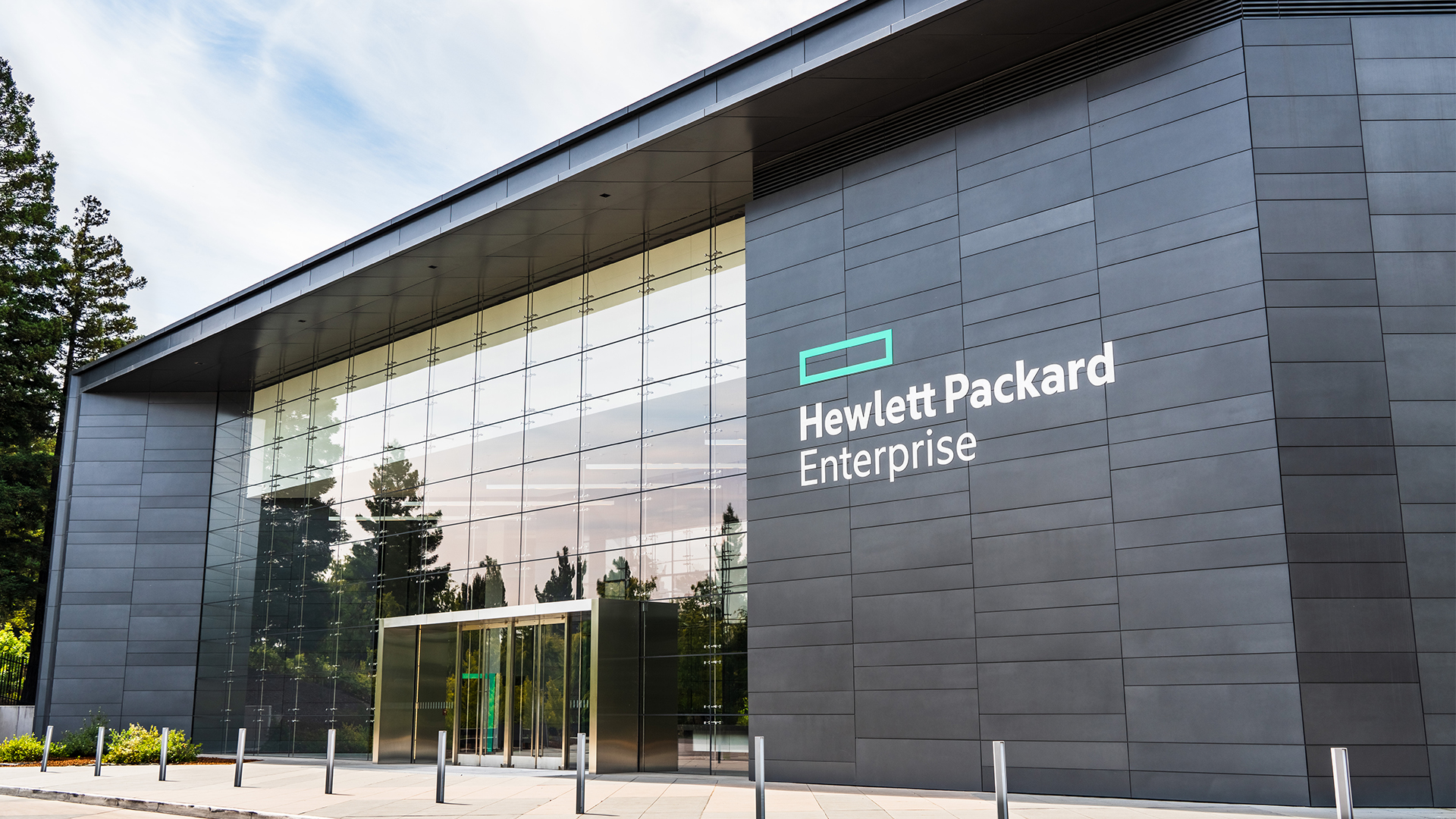 ‘Divorced from reality’: HPE slams DOJ over bid to block Juniper deal, claims move will benefit Cisco
‘Divorced from reality’: HPE slams DOJ over bid to block Juniper deal, claims move will benefit CiscoNews HPE has criticized the US Department of Justice's attempt to block its acquisition of Juniper Networks, claiming it will benefit competitors such as Cisco.
-
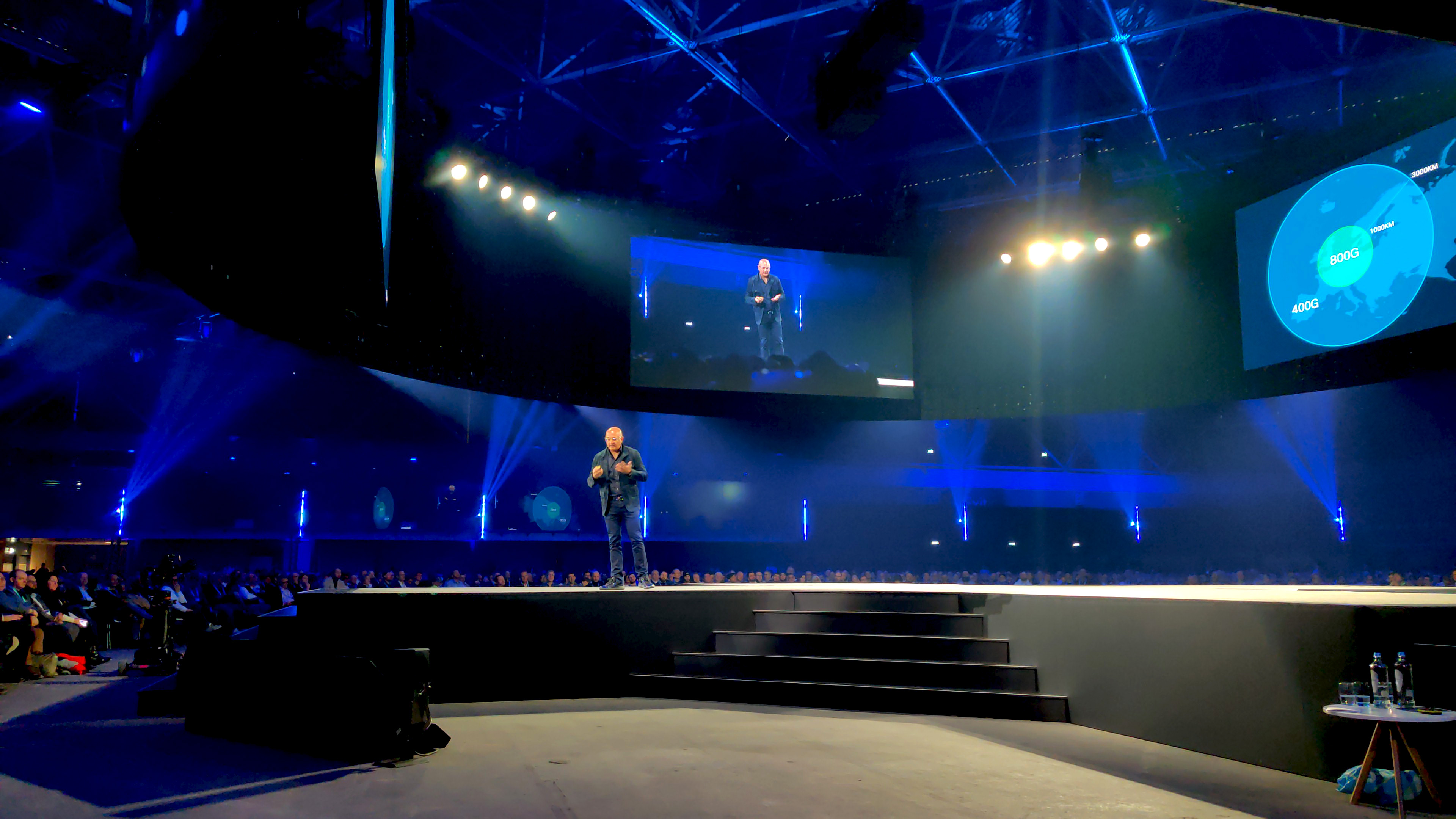 Cisco wants to capitalize on the ‘DeepSeek effect’
Cisco wants to capitalize on the ‘DeepSeek effect’News DeepSeek has had a seismic impact, and Cisco thinks it has strengths to help businesses transition to AI-native infrastructure
-
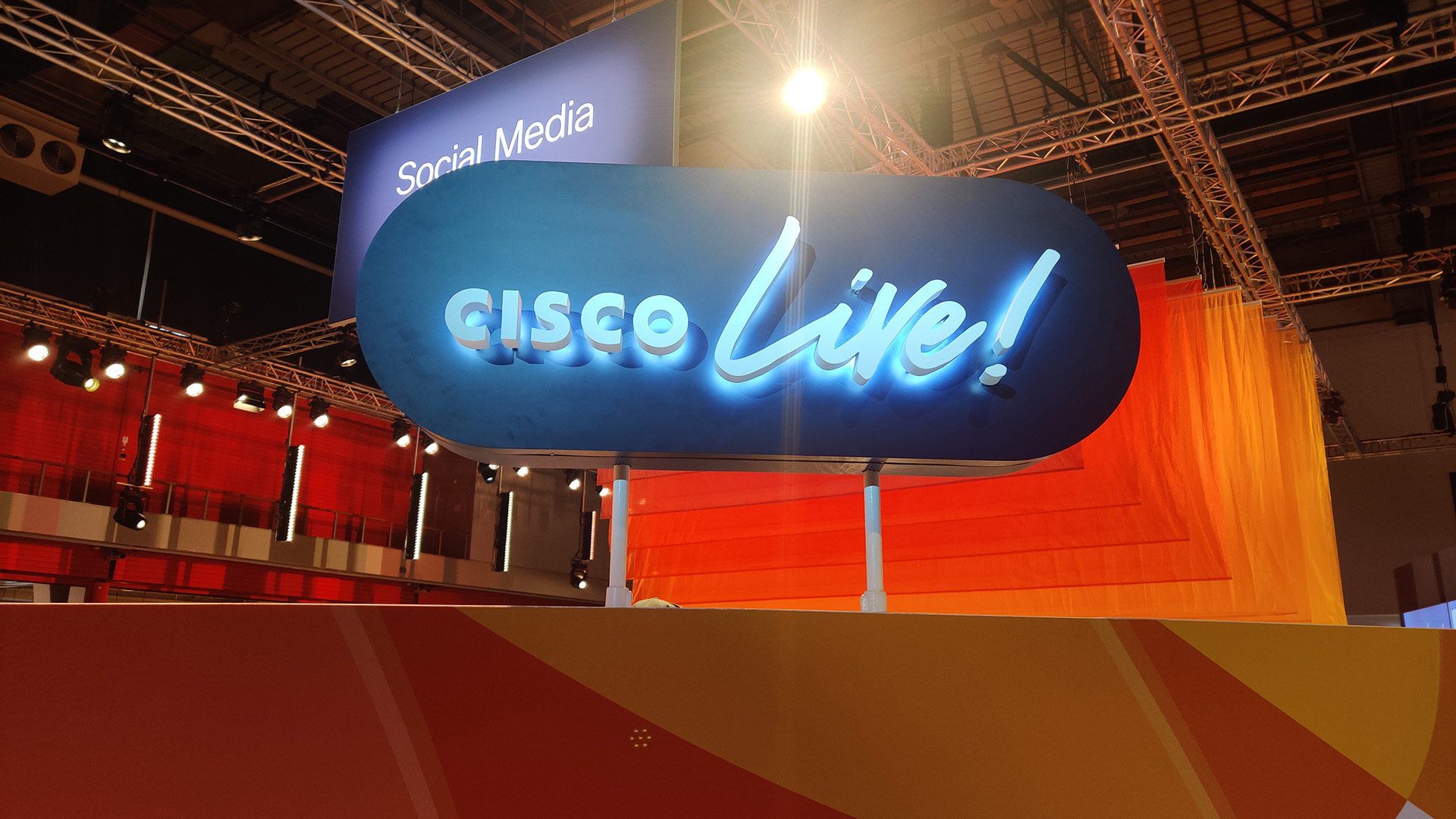 Cisco Live EMEA 2025: All the news and updates as they happen
Cisco Live EMEA 2025: All the news and updates as they happenLive Blog Stay up to date with the latest information live from Amsterdam at Cisco’s annual EMEA conference
-
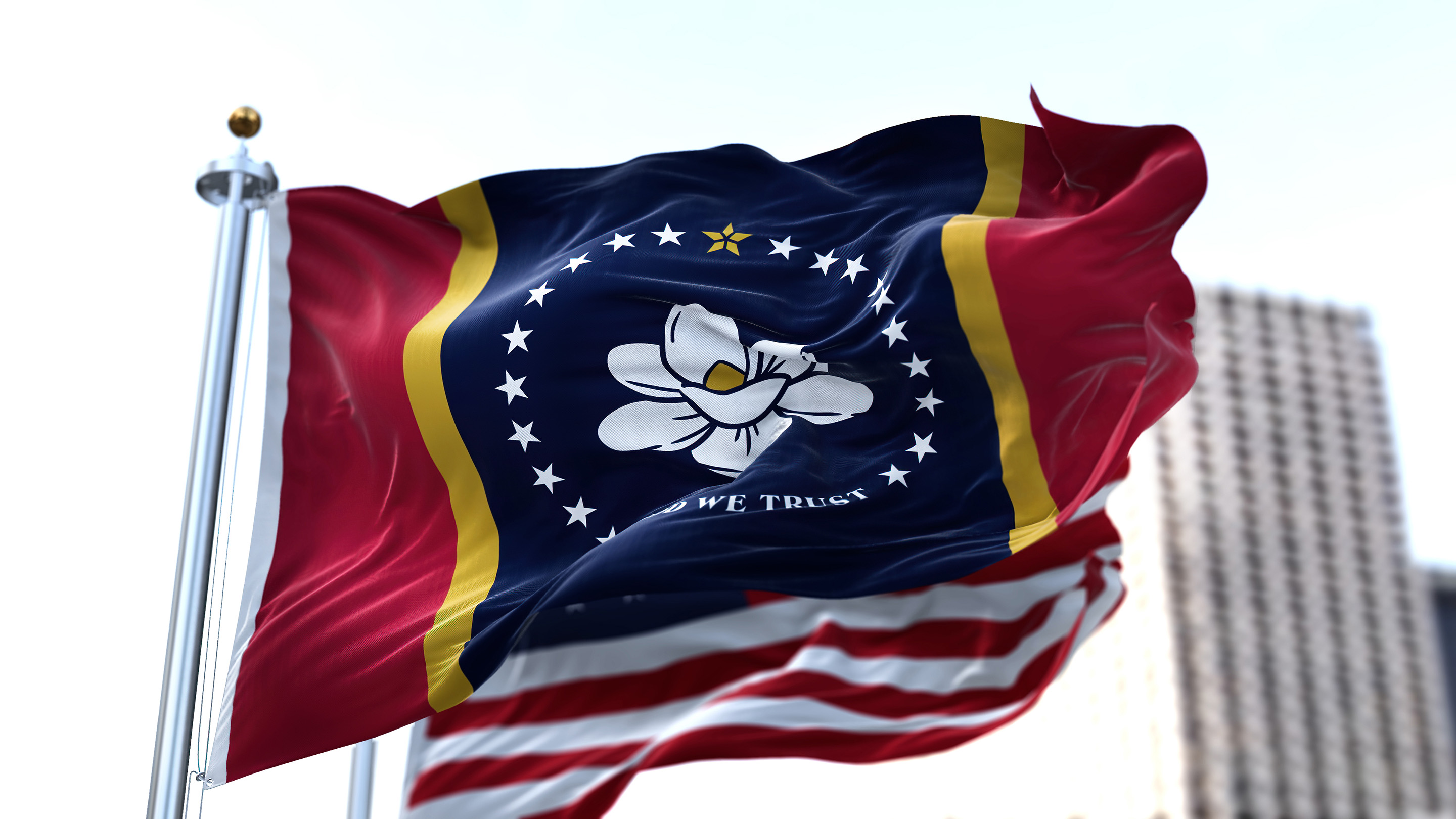 How embracing flash storage helped Mississippi’s tax authority boost critical apps
How embracing flash storage helped Mississippi’s tax authority boost critical appsCase study By ditching legacy systems and switching to flash storage, Mississippi’s Department of Revenue improved its backup strategy and cut restore times by more than a day
-
 The US just expanded funding for 5G Open RAN in a bid to help telecoms firms crack Huawei dominance
The US just expanded funding for 5G Open RAN in a bid to help telecoms firms crack Huawei dominanceNews The funding for 5G Open RAN aims to help US companies get a bigger slice of the network infrastructure market – and challenge Huawei’s dominance
-
 Cisco wants customers to ramp up AI adoption, so it’s partnering with Nvidia to bridge infrastructure hurdles
Cisco wants customers to ramp up AI adoption, so it’s partnering with Nvidia to bridge infrastructure hurdlesNews Cisco has announced a new partnership with Nvidia to offer enterprises integrated, secure, and scalable data center solutions in a bid to drive AI adoption
